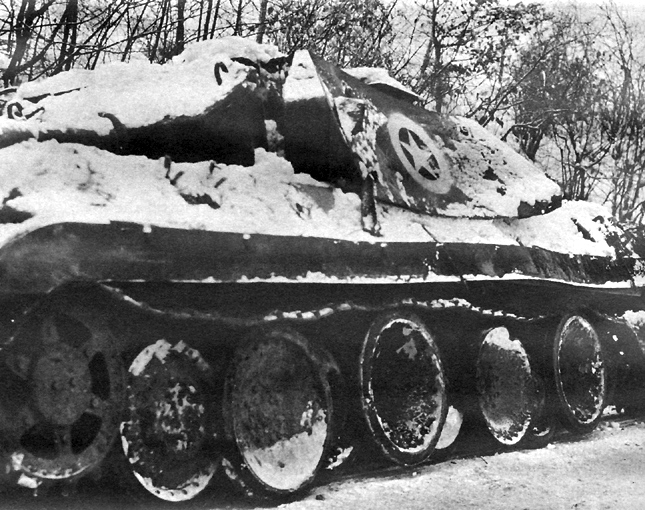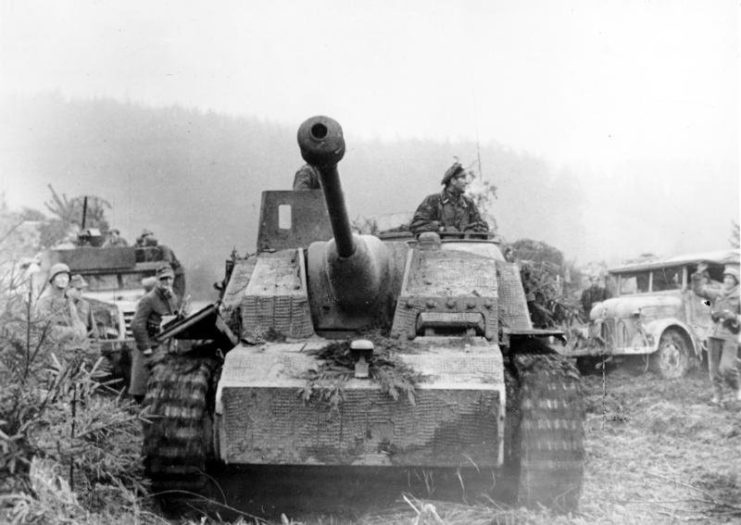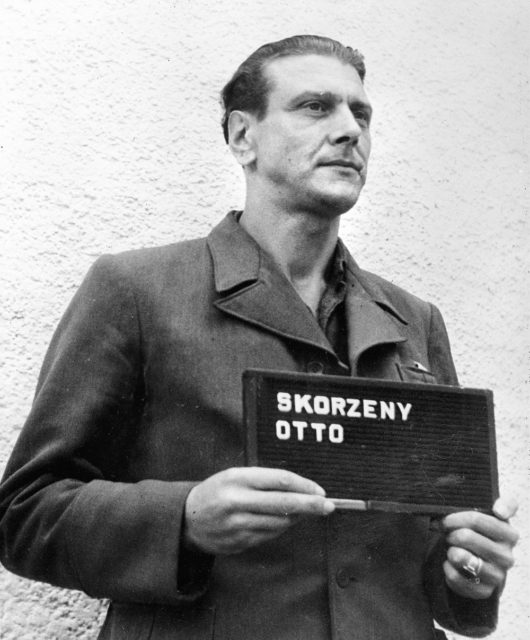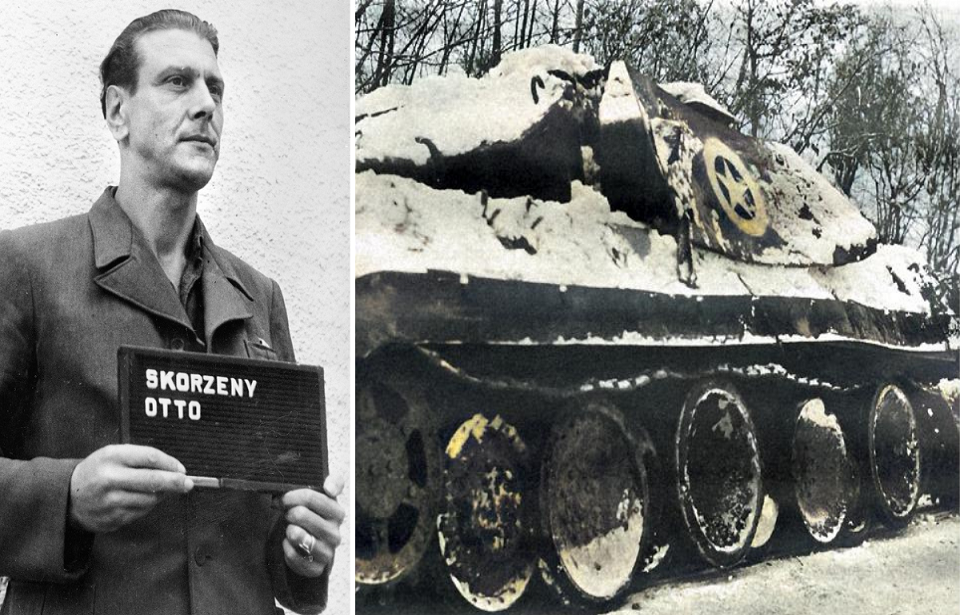Deception is a common and effective tactic in military strategy. It serves to confuse the enemy, mislead them with false information to disrupt their planning, or hide actions such as a retreat. Depending on the specific method of deception employed, it can approach or even cross the line into a war crime. For example, during the Ardennes Offensive in 1944, the Germans tested this boundary by disguising their tanks to resemble American ones.
Operation Greif

The Ardennes Offensive was the Führer‘s last major attempt to regain the advantage against the Allies, with masses of men and equipment being gathered to make this happen. Powerful tanks like the Jagdtiger and Tiger II saw relatively widespread use in the offensive.
To assist the offensive, the Führer came up with Operation Greif, the goal of which was to capture bridges over the Meuse river before the Allies destroyed them. Otto Skorzeny was selected to command the operation, as he had proven his abilities before and was trusted by the Führer to get the job done.
Skorzeny was a Waffen-SS commando that was involved in a number of successful and prominent missions. At 6 feet 4 inches tall and 250 lbs, Skorzeny was a physically formidable man and was well respected in the High Command.
The Führer briefed Skorzeny on the mission, informing him that he would lead German troops dressed in British and American uniforms while driving Allied vehicles. He believed that the operation could be completed more easily this way, and cause great confusion in the Allied lines.
However, for Skorzeny, who was aware that this could be categorized as a war crime under the Hague Convention of 1907, this was no walk in the park. If any of his troops were captured they could be executed as spies. This caused some debate among high-ranking German officials.
But the Führer‘s plan went ahead, so Skorzeny got to work assembling his force.
Panzer Brigade 150

Skorzeny’s unit, known as Panzer Brigade 150, consisted of troops from the Heer, Waffen SS, Luftwaffe, and the Kriegsmarine. To execute the mission, Skorzeny requested 3,300 men along with an extensive inventory of equipment, including 15 Allied tanks, 120 trucks, 20 self-propelled guns, 40 motorcycles, 20 armored cars, and 100 jeeps.
A call was sent across Europe for German troops fluent in English and American dialects, while the Western Front high command was responsible for assembling the necessary equipment.
However, given the late stage of the war, Skorzeny received far less than he had hoped for—only two captured Sherman tanks and approximately 200 men, with just 10 fluent English speakers. Additionally, much of the equipment provided was Soviet, due to confusion about the specific vehicles and gear required.
Over time, Skorzeny managed to build a force comprising 15 Allied trucks, 30 Allied jeeps, five Panther tanks, and 2,500 men. From these, 150 of the most proficient English speakers were organized into a commando unit.
To compensate for the shortage of Allied vehicles, Skorzeny disguised German equipment, focusing particularly on the Panthers.
Since the Panther’s design was quite distinct from the Sherman, they were camouflaged as M10 tank destroyers. This involved removing the commander’s cupola, the bow gun, and the distinctive muzzle brake of the 75 mm main gun. Sheet metal was then added to the hull and turret to alter their shape, and they were finished with olive drab paint and white stars to enhance the deception.
Results
Panzer Brigade 150 planned to go into action on the same day as the Battle of the Bulge began but the 1st SS Panzer Division was late, causing Operation Grief to miss its brief window. Skorzeny attended a conference at the 6th Panzer Army’s HQ on December 17 and it was decided that Panzer Brigade 150 would be used as a normal unit. As the disguised Panthers were used alongside German equipment they were quickly identified and destroyed by the Allies.
Skorzeny’s men failed to achieve their original objective, but they still caused havoc among the Allies, as a “spy fright” swept through their lines. Everyone became suspicious of each other, and American troops started asking each other extremely specific USA-related questions to ensure they weren’t one of Skorzeny’s disguised men.
This actually resulted in a number of friendly fire incidents by jumpy servicemen.
Skorzeny survived the war and was tried as a war criminal at the Dachau Trials for his actions during the Battle of the Bulge.

New! Want to become a trivia master? Sign up for our War History Fact of the Day newsletter!
Skorzeny was eventually acquitted as there was no evidence to show Skorzeny had ordered his men to fight the Allies while in disguise.
